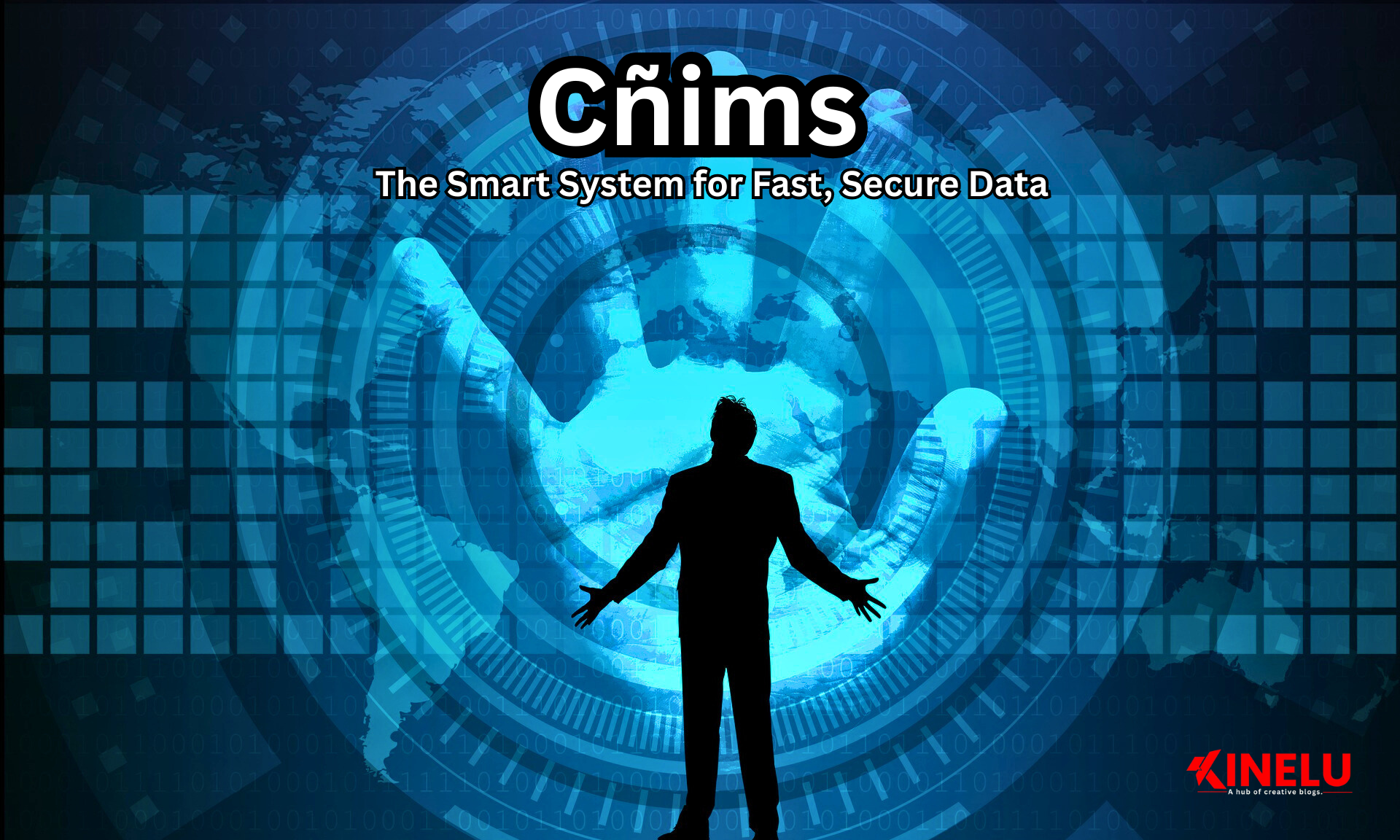Ways to Promote Inclusivity and Diversity in the Workplace Culture
In today’s fast-changing work environment, building a truly inclusive and diverse culture isn’t just the right thing to do, it’s a smart business move. Employees want to feel respected, heard, and valued for who they are, not just for the work they do. A workplace that celebrates differences fosters stronger teamwork, sparks innovation, and attracts top talent.
Studies show companies with strong diversity and inclusion practices significantly outperform their competitors. The challenge is finding practical, meaningful ways to weave it into everyday workplace culture so it benefits both people and the business
Foundation Strategies to Promote Inclusivity at Every Level
Building genuine workplace diversity requires more than good intentions; it demands systematic change from the ground up.
Leadership-Driven Inclusive Work Environment Initiatives
True transformation starts when executives don’t just talk about diversity but actively model inclusive behaviors. Leadership accountability means setting specific diversity targets and tying them directly to performance reviews. It’s supported by genuine employee appreciation that recognizes and celebrates contributions from all backgrounds
Transparent communication about diversity objectives creates trust throughout the organization. When leaders share both successes and setbacks openly, employees see authentic commitment rather than corporate theater.
By implementing the best employee recognition software and using online birthday card platforms, organizations can systematically celebrate diverse contributions, ensuring every achievement gets proper acknowledgment regardless of cultural background or communication style.
Data-Driven Workplace Diversity Assessment
Numbers don’t lie, and comprehensive diversity audits reveal uncomfortable truths many organizations prefer to avoid. AI-powered analytics can identify patterns in hiring, promotions, and retention that human reviewers might miss. These systems track everything from interview callback rates across different demographic groups to career advancement timelines.
Pay equity analysis isn’t optional anymore – it’s essential for maintaining credibility. Regular salary reviews prevent small disparities from becoming major issues. Employee sentiment tracking through pulse surveys provides real-time feedback on how inclusive policies actually feel to those experiencing them daily.
Once leadership commitment and data-driven assessments create your inclusive foundation, the next critical step is ensuring every diverse team member feels genuinely valued and recognized for their unique contributions.
Innovative Employee Recognition Strategies for Diverse Teams
Recognition programs must evolve beyond one-size-fits-all approaches to truly celebrate diverse workplace culture.
Culturally-Responsive Recognition Programs
Different cultures express and receive appreciation differently. Some employees thrive on public recognition, while others prefer private acknowledgment. Multi-cultural celebration calendars ensure important holidays and observances from all backgrounds receive equal attention.
Personalized recognition based on individual preferences shows deeper understanding than generic approaches. Peer-to-peer recognition platforms with diversity filters help colleagues learn about and celebrate different traditions and achievements. This creates organic learning opportunities that feel natural rather than forced.
Inclusive Performance Management Systems
Traditional performance reviews often carry unconscious biases that disadvantage certain groups. Bias-free processes use structured frameworks and multiple perspectives to ensure fair evaluations. 360-degree feedback incorporating diverse viewpoints provides a more complete picture of employee contributions.
Strength-based assessments recognize that different work styles bring unique value. Career development pathways for underrepresented groups address systemic barriers that historically limited advancement opportunities. These programs don’t lower standards – they level the playing field.
While recognition programs celebrate diversity, truly inclusive work environment cultures require seamless communication systems that break down barriers and foster genuine connection across all differences.
Advanced Communication Strategies for Diverse Workplace Culture
Communication challenges multiply in diverse environments, but innovative solutions can turn potential barriers into bridges.
Digital Inclusion and Accessibility
Multi-language communication platforms ensure everyone receives important information in their preferred language. This isn’t just about translation – it’s about cultural context and nuance. Accessibility features for employees with disabilities demonstrate commitment to universal inclusion.
Visual communication tools particularly benefit neurodivergent employees who process information differently. Time zone considerations for global diverse teams show respect for work-life balance across cultures. These accommodations often benefit everyone, not just their intended recipients.
Psychological Safety and Open Dialogue
Anonymous feedback systems provide safe spaces for reporting concerns without fear of retaliation. Conflict resolution processes must respect cultural differences in communication styles and problem-solving approaches. What feels direct and honest to one culture might seem aggressive to another.
Safe space creation for difficult conversations requires careful facilitation and clear ground rules. Bystander intervention training empowers employees to address microaggressions and bias when they witness them.
This distributes responsibility beyond formal complaint processes.
Effective internal communication creates the inclusive environment that diverse talent seeks, but attracting and keeping that talent requires strategic recruitment and retention approaches powered by cutting-edge technology.
Cutting-Edge Recruitment and Retention Tactics
Modern hiring practices must actively combat centuries of systemic bias embedded in traditional recruitment methods.
AI-Powered Bias-Free Hiring
Algorithmic bias detection in recruitment software helps identify discriminatory patterns before they impact decisions. However, AI systems require careful monitoring since they can perpetuate historical biases present in training data. Diverse job description language optimization removes coded language that discourages certain groups from applying.
Blind resume screening technologies focus evaluations on qualifications rather than names or backgrounds. Inclusive interview panel composition ensures multiple perspectives during candidate evaluations. This reduces the likelihood of unconscious bias influencing hiring decisions.
Retention Strategies for Diverse Talent
Mentorship and sponsorship program matching connects underrepresented employees with advocates who can accelerate their career development. Employee resource groups (ERGs) with executive support provide networking and professional development opportunities. 87% of Generation Z workers cited DEI initiatives as very important to the workplace
Flexible work arrangements accommodate different needs, from religious observances to caregiving responsibilities. Career pathing for diverse career trajectories recognizes that not everyone follows traditional advancement models. Some employees prefer lateral moves that build diverse skill sets over vertical climbs.
Traditional hiring and retention strategies lay important groundwork, but forward-thinking organizations are already embracing revolutionary approaches that address previously overlooked aspects of workplace inclusion.
Measuring Success Through Meaningful Metrics
Employee recognition strategies require sophisticated measurement to demonstrate real impact beyond feel-good initiatives.
Advanced Diversity Metrics
Inclusion index scoring provides benchmarks against industry standards and internal progress over time. Employee lifecycle diversity tracking reveals where organizations lose diverse talent – during recruitment, onboarding, or career development stages.
Promotion and retention rate analysis by demographics identifies systemic barriers that policies might miss. Customer diversity correlation studies show how internal diversity impacts external relationships and market reach.
Continuous Evolution Strategies
Regular policy review prevents initiatives from becoming stale or irrelevant. Employee feedback loop implementation ensures programs adapt to changing needs and expectations. Industry best practice adaptation keeps organizations competitive in the talent market.
Future-proofing diversity initiatives means anticipating demographic shifts and evolving social expectations. What works today might seem outdated in five years, so flexibility and responsiveness become critical success factors.
Moving Forward With Inclusive Excellence
Creating truly inclusive workplaces demands consistent effort, authentic leadership commitment, and willingness to confront uncomfortable truths about existing practices. The organizations that thrive won’t be those that check diversity boxes, but those that harness different perspectives to drive innovation and growth.
Success requires viewing inclusivity not as a compliance burden but as competitive advantage. The future belongs to workplaces where every employee can contribute their authentic best, creating stronger teams and better business outcomes for everyone involved.
Common Questions About Workplace Inclusivity
1. How do you answer “How do you promote diversity and inclusion”?
I encourage clear and open exchange of ideas ensuring everyone’s voice can be heard. This doesn’t just resolve cultural challenges but also boosts team cohesion and prevents focusing solely on problems.
2. What’s the difference between diversity and inclusion initiatives?
Diversity focuses on representation while inclusion ensures all perspectives are valued and integrated. You can have diverse teams without inclusive cultures if certain voices dominate decision-making processes.
3. How can small businesses implement inclusivity without large budgets?
Start with policy reviews, bias training, and flexible work arrangements. Many effective changes cost time rather than money, focusing on cultural shifts over expensive technology solutions.










